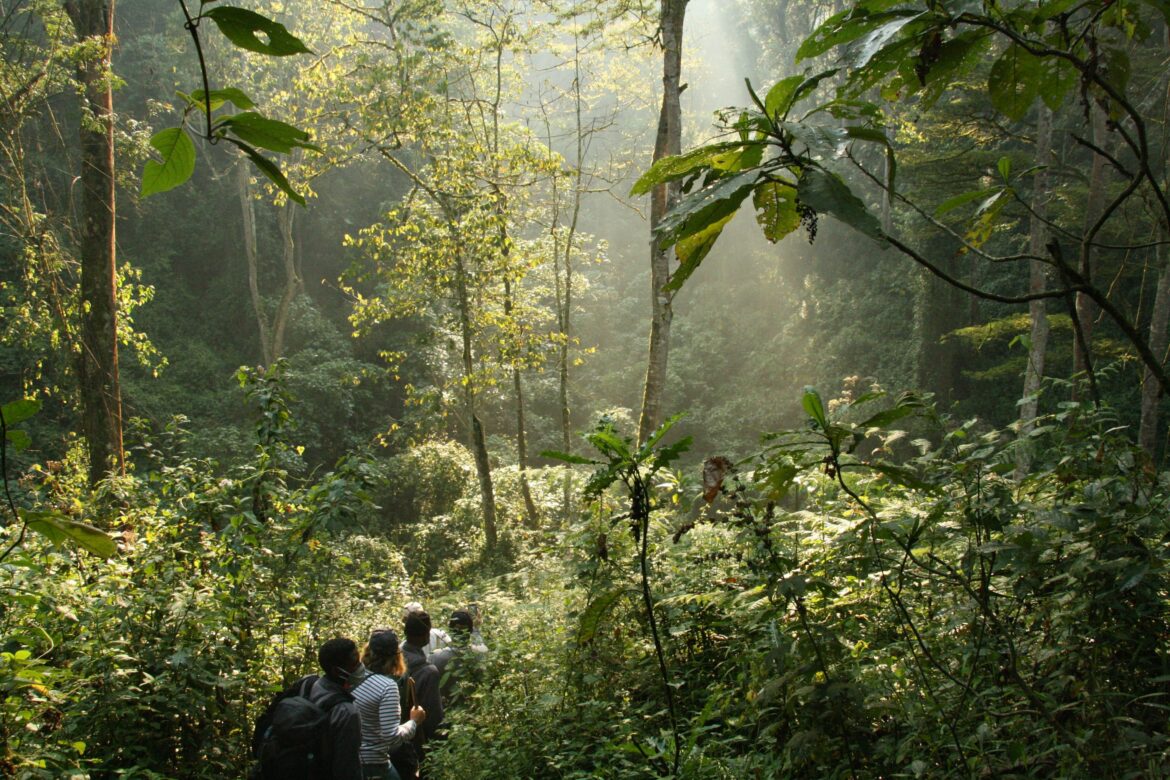Africa is home to a wide variety of birds, from raptors and waterfowl to songbirds and seabirds. Forests are an essential habitat for many of these species, providing food, shelter and nesting sites. Forest conservation is therefore of paramount importance for maintaining and protecting African bird diversity.
Deforestation
Deforestation has had a devastating effect on bird diversity in Africa. For example, between 1990 and 2005 the continent lost an estimated 10 percent of its forests, with many countries experiencing an even higher rate of loss.
This loss of forest habitat has caused a direct decline in the populations of many forest dependent bird species. In addition, deforestation has also caused a decline in insect populations, meaning that there is less food available for insectivorous birds, such as warblers and flycatchers.
Rising human populations
The human population in Africa is rapidly growing, with the continent projected to be home to over 2 billion people by 2050. This population growth has led to increased pressure on forests, as people clear land for agricultural purposes and to build settlements. This has resulted in further loss of forest habitat, as well as increased levels of pollution and habitat fragmentation.
Habitat fragmentation
Habitat fragmentation occurs when a large, continuous area of habitat is divided into smaller, isolated patches. This can occur due to deforestation, urbanisation and other human activities. Fragmentation reduces the amount of suitable habitat available for birds, as well as reducing the ability of birds to move between different areas. This can lead to increased competition for resources and can lead to the local extinction of some species.
Sustainable Forest Management
In order to protect bird diversity in Africa, it is essential that forests are managed sustainably. This involves reducing deforestation and preventing further habitat fragmentation. Sustainable forest management also includes the protection of primary forests, as these contain the highest levels of biodiversity. In addition, it is important to encourage the restoration of degraded forests, as this can help to increase bird populations in areas where they have declined.
Conservation measures
A number of conservation measures must be taken, including the establishment of protected areas, where forests can be managed sustainably and where birds can live and breed in safety. In addition, it is important to reduce the impact of human activities on forests, by limiting the amount of logging and hunting that takes place. It is also important to raise awareness of the importance of forest conservation and to encourage the local population to take part in conservation efforts.

